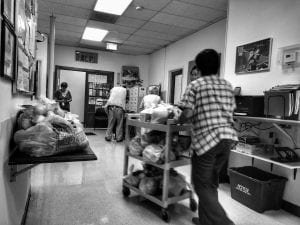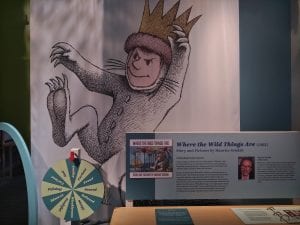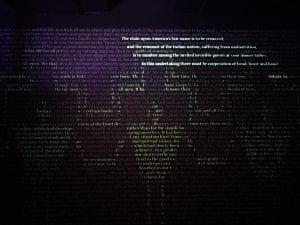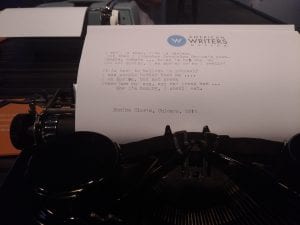Per August 1st, me and Nike –my dear Arryman friend- started volunteering at Howard Area Community Center (HACC), a neighborhood-based food depository. In the past, I’ve done voluntary works for children, but never catered for adults. This experience is a completely new one with anxiousness lurking in every corners. Despite worrying whether my English is good enough, and whether my attitude fits or not, I figure voluntary work might be a good chance to engage in a more extensive and intensive environment with native English speakers. Hence, I agreed to this idea after spending a couple of days sitting on it.
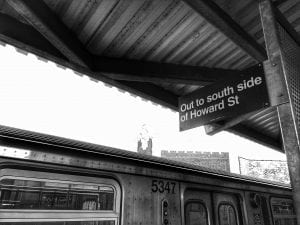
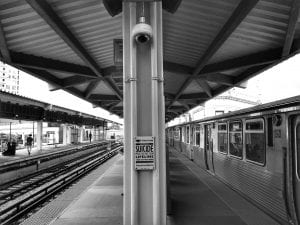 Out from Howard Station to N Paulina st, where HACC is located.
Out from Howard Station to N Paulina st, where HACC is located.
Martha, HACC’s volunteer supervisor, assigned both me and Nike to the “in-take” post. As an in-taker, our task is pretty simple. Every “Food Pantry” day -which are Mondays and Thursdays- I have to sit in front of the computer for two hours and welcome HACC’s clients, which are mainly homeless and underprivileged members of the Howard area community. This step is considered vital for the whole food distribution system mainly because we’re the ones responsible in deciding whether a client is eligible for food distribution or not. There are a couple of things that I and Nike have to consider before giving somebody the green light: whether a client is in their thirty-days distribution window or not (come to early, and a client may be rejected!), whether they bring all required documents to claim their food or not, and whether they act according to the Standard Operating Procedures (SOP) or not.
HACC’s Staff and Volunteers Working together.
While checking the clients in, and matching their IDs to the Center’s database, I usually slip a bit of conversation starters to know them a tiny bit better; “how’s your day going?”, “is it hot outside?”, “you seem tired, take a quick breather first”, or a simple “hi”. The response varies, it may range from “Hi how are you”, “good thanks”, or even just plain silence. After several tries with different clients, I figure, my initial-customer-care-smile doesn’t always work which ultimately adds more to my pool of anxiousness. Although most of the times all I got was poker faces, there are also people who greets me from afar and just keep on smiling. S, for example, got in the in-take room with a one-two step dance move, and hands wide open while saying “how you doin’ young fella? What a wonderful day this is, we’re blessed. There are many things to smile about. Wow.”. For people who are open to conversations, I usually take more time to appreciate their friendliness and share stories with them. I enjoy speaking to them, as they embraced me as their own.
Through years of observation in the area, Martha was able to concur that the different response given by clients are mainly due to the different experience they had to deal with in daily basis. One must be aware that most of HACC’s clients are highly exposed to poverty and domestic violence. Some might even had it worse than others; I’ve met with a jobless client who have 10 children, a client who just got evicted with no place to stay for the night, drug and alcohol addicts, etc. Martha was convinced that a client who has been suffering a lot might have a bigger chance of giving bitter response compared to those who had a relatively lax week. Yet, this might not always be the case, because I’ve also met with a client who just got his ID and documents mugged, but can still smile and give positive response.
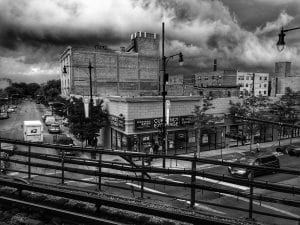
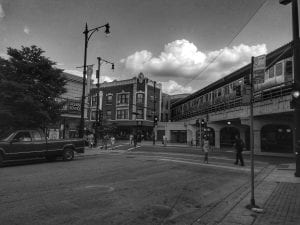 View of Howard Area surroundings
View of Howard Area surroundings
Whatever the client’s response is, be it painful silence or warm greetings, I am fortunate to get a glimpse of their live. Their response might not fully express their personality, but it tells stories of everyday struggles and joy of living in Howard. From an outsider’s perspective, Howard might not be much due to its lack of infrastructure –some even consider it to be a “no go” area- but for those living in the area, Howard might be a living organism with its own sociocultural dynamics.
As I reflect back to the client’s stories, I realized that I’ve gained a lot from them while it should’ve been the whole way around. Aside from regaining my joy of meeting new people, I also enjoy being thrown out of my comfort zone. On top of it all, I learned to be more appreciative towards small-scattered details in the first part of my US journey. The people at Howard might have little to survive on, yet they still managed to be thankful. Hence, who am I –rather who are we- to not be so?
